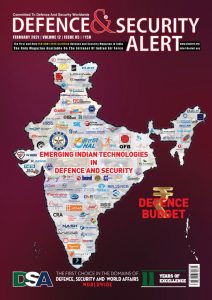General Upendra Dwivedi Takes Command As Chief Of The Army Staff
July 2, 2024

Armament Technology is India’s weakest spot against its main adversary. To match up with China, it has to import latest weapons and hardware. But borrowed sunshine does not make moon sun’s peer. To catch up with China,India has to extensively invest in defence and research, particularly in space and cyber fields. India must also understand the philosophy of “Alternative and Invisible Forms of War” (AIFW). In other words, research and development has to pick up pace in collaboration with armed forces or the user.
Regional conflicts take place when one nation attempts to establish regional hegemony; as China appears to be doing today. Such conflict could well draw the participation of the great powers. Even so, in the prevailing international milieu, it would seem that the great powers are likely to be united in their view of treating regional aggressors as threats to international stability. To that extent, regional aggressors will find few supporters. However, it is possible that some states may be willing to go it alone.
While financial outlays are important, much can be achieved in military modernisation though improved acquisition procedures, informed decision making, improved productivity of the public sector workforce, co-opting the private sector in a big way in the manufacturing process and by creating a business-friendly eco-system. We also need to shed our ideological chains with respect to exports of weapons and platforms. Thankfully, this has begun.
The process of indigenisation should aim at harmonising the capabilities of our scientists, technicians, industrialists and entrepreneurs with the strengths of our academic and scientific institutions to promote technical innovation in industry including the Defence Sector.